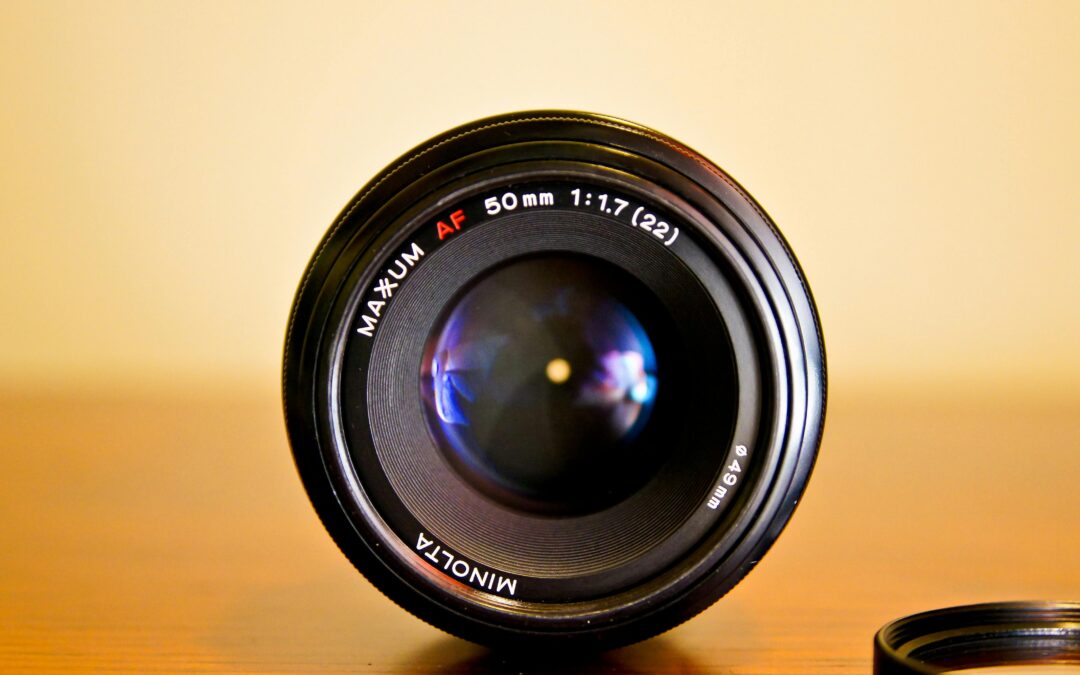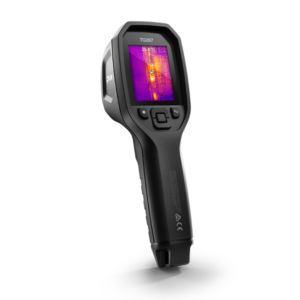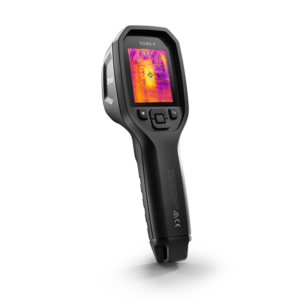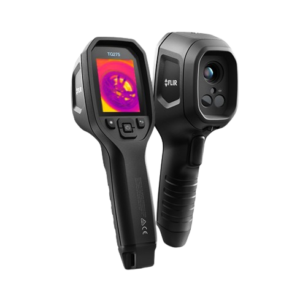When it comes to thermography cameras, selecting the right lens can make all the difference. Whether you’re using these devices for industrial inspections, building diagnostics, or even medical applications, the lens you choose will significantly influence the quality and accuracy of your thermal images. In this guide, we’ll walk you through the key considerations to help you make an informed decision and ensure your thermography camera performs at its best.
Understanding Thermography Cameras
Before diving into lens selection, it’s useful to have a basic understanding of thermography cameras. These devices detect infrared radiation emitted by objects and convert it into thermal images. These images represent temperature variations, which can be crucial for diagnosing issues such as heat loss, electrical faults, or even medical conditions.
The Role Of the Lens
The lens of a thermography camera plays a crucial role in capturing thermal images. It affects the field of view, image resolution, and the ability to focus on distant or intricate objects. Essentially, the lens helps to shape how well the camera can detect and interpret thermal radiation.
Key Factors To Consider
1. Field Of View (FOV)
The field of view determines how much of the scene the camera can capture. A wider FOV allows you to cover a larger area, which is beneficial for inspecting large equipment or structures. Conversely, a narrower FOV provides more detail and is better for focusing on smaller, more specific components. Consider what you’ll be using the camera for and choose a lens that matches your needs.
2. Focal Length
Focal length affects the zoom capabilities and depth of field of the camera. Shorter focal lengths offer a wider view and are ideal for capturing larger areas. Longer focal lengths provide a narrower view but allow you to zoom in on distant or detailed objects. For most general inspections, a lens with a moderate focal length will provide a good balance between coverage and detail.
3. Resolution And Sensitivity
The resolution of the lens directly impacts the clarity of your thermal images. Higher resolution lenses can capture more detail, which is particularly important for precise diagnostics. Sensitivity is also a factor, as lenses that can detect finer temperature differences will yield more accurate results. Make sure to pair a high-resolution camera with a lens that complements its capabilities.
4. Lens Material And Quality
The material of the lens can influence its performance. High-quality lenses made from materials such as germanium or sapphire offer better durability and optical performance. They are less likely to be affected by environmental factors and can provide clearer, more reliable images. Investing in a high-quality lens can enhance the longevity and effectiveness of your thermography camera.
5. Application-Specific Features
Consider any special requirements based on your specific application. For example, if you need to inspect electrical panels in tight spaces, a lens with a wide FOV and short focal length might be ideal. For medical thermography, a lens with high resolution and sensitivity is crucial for accurate diagnosis. Assess your specific needs and choose a lens that best suits your application.
Conclusion
Selecting the right lens for your thermography camera is essential for obtaining accurate and reliable thermal images. By considering factors such as field of view, focal length, resolution, and lens material, you can ensure that your camera performs optimally for your specific needs. Remember, the right lens not only enhances the quality of your inspections but also improves your overall efficiency and effectiveness in the field.
If you’re unsure which lens is best for you, consulting with a professional or a reputable supplier can provide valuable guidance tailored to your specific requirements. With the right lens in hand, you’ll be well-equipped to tackle any thermal imaging task with confidence and precision.
Happy imaging!
Explore Further
Unlock a wealth of additional information and opportunities. Click here to delve deeper,discover new perspectives, and enhance your experience with more relevant and engaging content.




